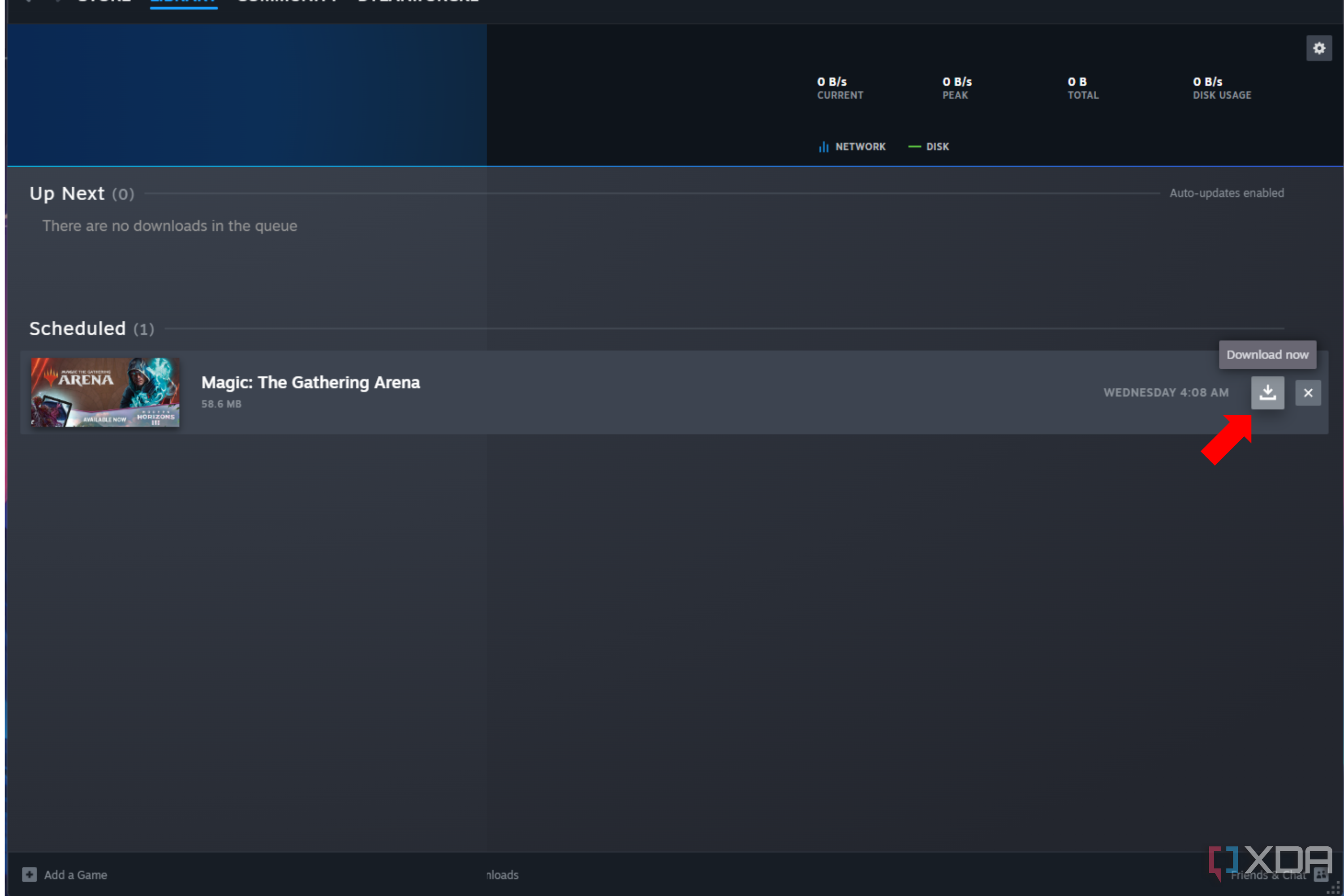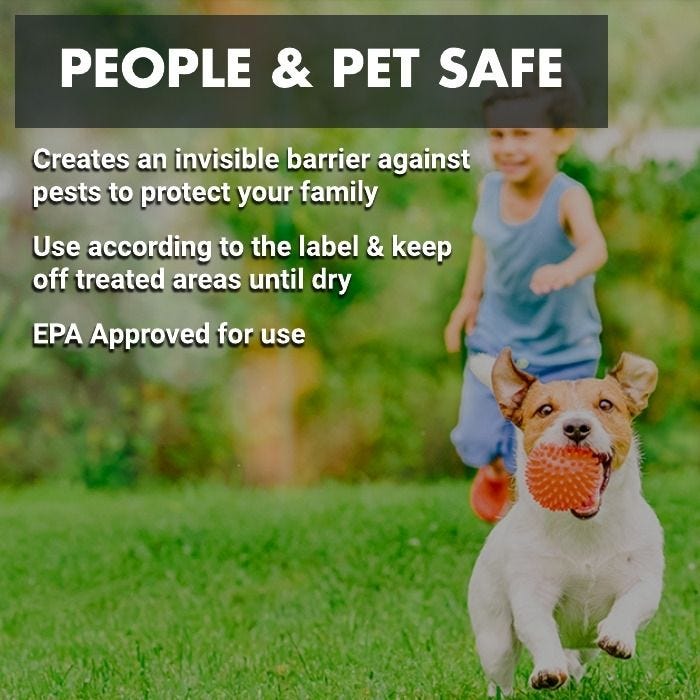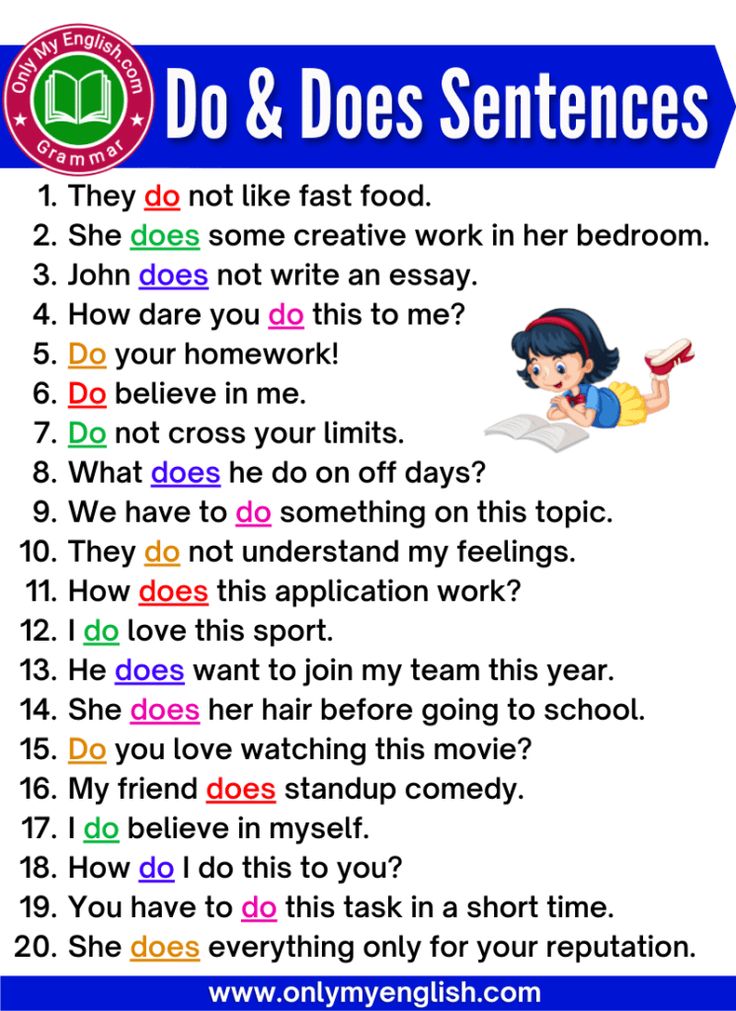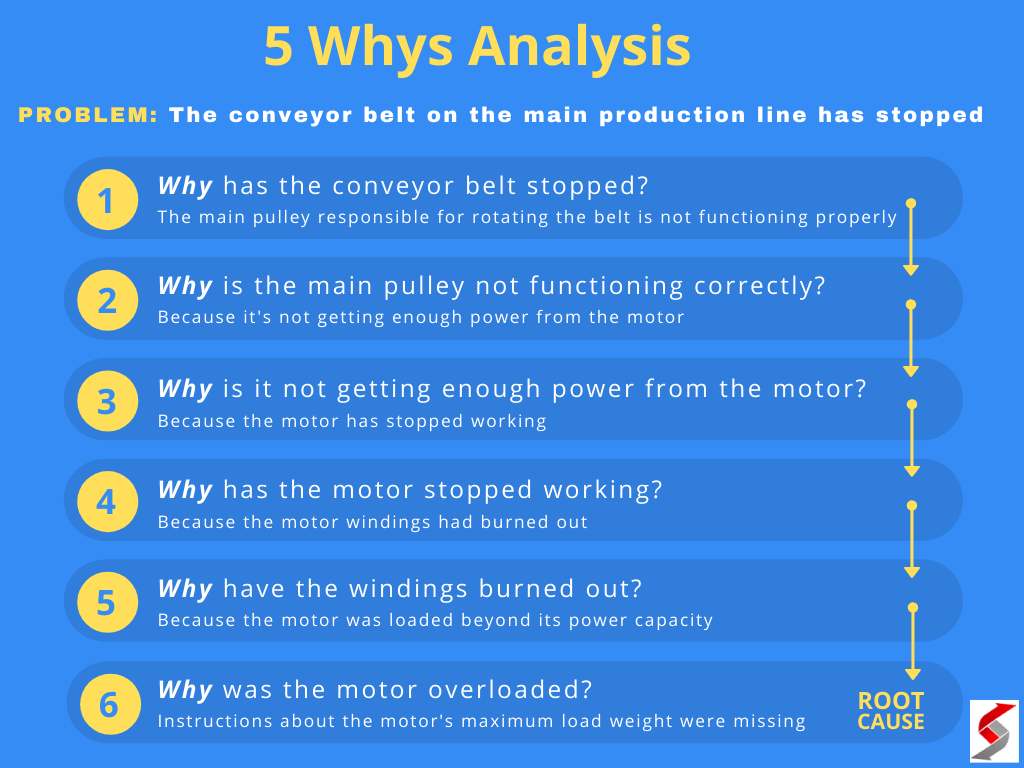Your Pathway to Teaching in Ohio Without an Education Degree: Alternative Licensure Explained
Introduction: Teaching in Ohio Without an Education Degree
Becoming a teacher in Ohio is possible even if you do not hold a traditional education degree. The state recognizes the value of subject-matter expertise and accommodates career changers through its Alternative Resident Educator License pathway. This comprehensive guide explains how you can transition into teaching, detailing every step, required qualifications, real-world examples, and alternative approaches to help you succeed in the classroom.
Understanding the Alternative Resident Educator License
Ohio’s Alternative Resident Educator License program is designed for individuals who hold a bachelor’s degree in any field, not just education. The intent is to enable knowledgeable professionals to share their expertise with students, provided they meet certain requirements and complete state-approved training. This pathway is especially beneficial for those looking to make a career change or enter the teaching profession without returning to school for another degree [2] .
Who Qualifies?
To be eligible for the Alternative Resident Educator License, you must:

Source: schools.magoosh.com
- Hold a bachelor’s degree from an accredited institution (minimum 2.5 GPA is generally required)
- Pass the Ohio Assessment for Educators (OAE) content area exam specific to the subject you wish to teach
- Complete a background check
These requirements ensure that candidates possess both academic competency and the integrity necessary to teach Ohio’s students [1] .
Step-by-Step: How to Become a Teacher in Ohio Without an Education Degree
Step 1: Obtain a Bachelor’s Degree
You must have a bachelor’s degree in any field. For example, if you have a degree in mathematics, English, or even engineering, you are eligible to start the alternative licensure process. Ensure your degree is from an accredited college or university and that your GPA meets the minimum threshold (typically 2.5 or higher) [1] .
Step 2: Apply for Initial Evaluation
Contact the Ohio Department of Education (ODE) to request an evaluation of your credentials. This process reviews your eligibility to teach a specific subject based on your degree and coursework. The ODE will then outline which content area exams you must take. For official instructions, visit the ODE’s website or call their Licensure Office for personal guidance [2] .
Step 3: Pass Required Exams
You are required to pass the Ohio Assessment for Educators (OAE) content exam in your chosen subject area. If you plan to teach a world language, you must also pass the ACTFL Oral Proficiency Interview (OPI) and Writing Proficiency Test (WPT). For American Sign Language, the OAE content assessment is required. These standardized exams ensure you have a strong grasp of the subject you wish to teach [2] .
Step 4: Complete an Approved Alternative Licensure Institute
Once you pass your exams and your credentials are approved, you must enroll in a state-approved Alternative Licensure Institute or Intensive Pedagogical Training Institute (IPTI). Numerous universities, such as Bluffton University, Kent State University, Ohio University, and Shawnee State University, offer these programs. Completion of this institute equips you with foundational teaching skills, classroom management strategies, and essential pedagogy [4] .
To find an approved program, visit the Ohio Department of Higher Education website and search for “Alternative Licensure Institutes.” Alternatively, contact the universities directly for detailed admissions requirements and upcoming program dates.
Step 5: Secure a Teaching Position
After completing your Alternative Licensure Institute, you must secure a teaching position in an Ohio school or district. The Alternative Resident Educator License is only issued once you are hired. This step validates your readiness to teach and ensures you have a school placement where you can apply your training [4] .
Step 6: Begin Teaching Under Alternative License
With your license and teaching position in place, you will teach while completing additional required training and assessments. You must participate in the Ohio Resident Educator Program, which includes mentorship, classroom observation, and ongoing evaluation. During this period, you’ll also need to pass the OAE Assessment of Professional Knowledge (Multi-Age PK-12) [1] .
Step 7: Transition to a Professional Teaching License
After four successful years of teaching under the Alternative Resident Educator License and completing all required coursework and assessments, you may apply for a standard five-year Professional Educator License. Requirements include:

Source: vietnamteachingjobs.com
- Completion of the Ohio Resident Educator Program
- Successful teaching evaluations
- Completion of required professional development courses (often 12-15 credit hours from a Professional Development Institute)
- Passing the OAE Professional Knowledge Assessment
Professional development institutes, such as those at Kent State University or Ohio University, provide these courses online or in hybrid formats to accommodate working teachers [3] , [5] . Upon completion, you can upload your certificate of completion to the ODE when applying for your professional license.
Examples and Real-World Scenarios
Consider Jane, who holds a bachelor’s degree in biology. Interested in teaching high school science, she contacts the ODE for credential evaluation. After passing the required OAE science content exam, Jane enrolls in an approved licensure institute at Kent State University. She completes the program, secures a teaching position in a local school, and begins teaching while continuing her professional development. After four years of successful classroom experience and required assessments, Jane upgrades to a full Professional Educator License.
Another example is Mark, who earned a degree in Spanish. He completes the ACTFL language proficiency exams, attends an Alternative Licensure Institute, and is hired to teach Spanish in middle school. Mark participates in the Resident Educator Program and, with ongoing support, transitions to a professional license.
Alternative Approaches and Additional Pathways
If you do not wish to pursue the Alternative Resident Educator License, other options may be available depending on your background:
- Substitute Teaching: Ohio allows individuals with a bachelor’s degree to work as substitute teachers. This can provide valuable classroom experience and may lead to full-time teaching opportunities. For official details, visit the Ohio Department of Education’s website and search for “Substitute Teaching Licensure.”
- Career-Technical Licensure: If you have extensive industry experience, you may qualify for a Career-Technical Education License. This is especially relevant for professionals in fields such as health science, business, or trades. Contact the ODE’s Career-Technical Licensure Office for details.
- Post-Baccalaureate Programs: Some universities offer accelerated programs for individuals who already hold a bachelor’s degree, allowing them to earn teaching credentials in a shorter time frame than a traditional education degree.
It’s important to research all options and consult directly with the Ohio Department of Education or accredited universities to determine the best fit for your goals and background.
Potential Challenges and Solutions
The alternative licensure route is rigorous and requires commitment. Some common challenges include:
- Balancing Work and Study: Many candidates must complete coursework while teaching full-time. Consider enrolling in online or hybrid programs for maximum flexibility.
- Passing Required Exams: Preparation is essential for the OAE and other assessments. Utilize study guides, join prep courses, and seek mentorship from experienced educators.
- Securing a Teaching Position: Networking with local school districts, attending job fairs, and leveraging substitute teaching can increase your chances of being hired.
Key Takeaways
Becoming a teacher in Ohio without an education degree is entirely feasible through the state’s structured alternative licensure pathway. Success requires careful planning, completion of required training, and perseverance. By following the steps detailed above and seeking guidance from official sources, you can build a rewarding career in education while making a meaningful impact in Ohio’s schools.
References
- [1] Bluffton University. Alternative Pathway to Teaching in Ohio.
- [2] Ohio State Board of Education. Alternative Resident Educator Licenses.
- [3] Kent State University. Alternative Licensure Professional Development Institute.
- [4] Ohio Department of Higher Education. Alternative Licensure Institutes.
- [5] Ohio University. Professional Development Institute for Alternative Resident Educators.
MORE FROM gowithdeal.com













